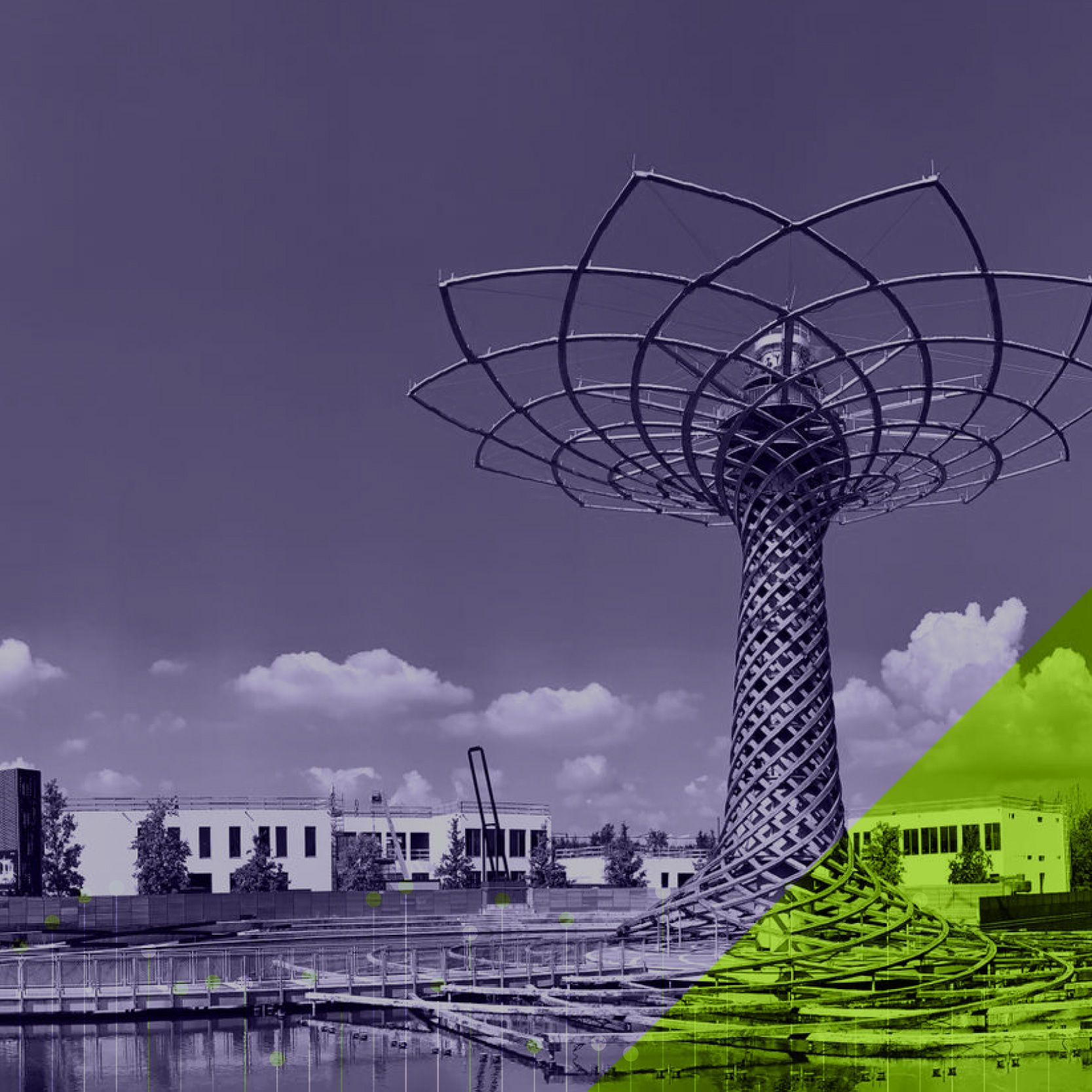Communication
EARLY BIRD 10% for enrollment in Specializing Masters and Executive Courses starting in the next months

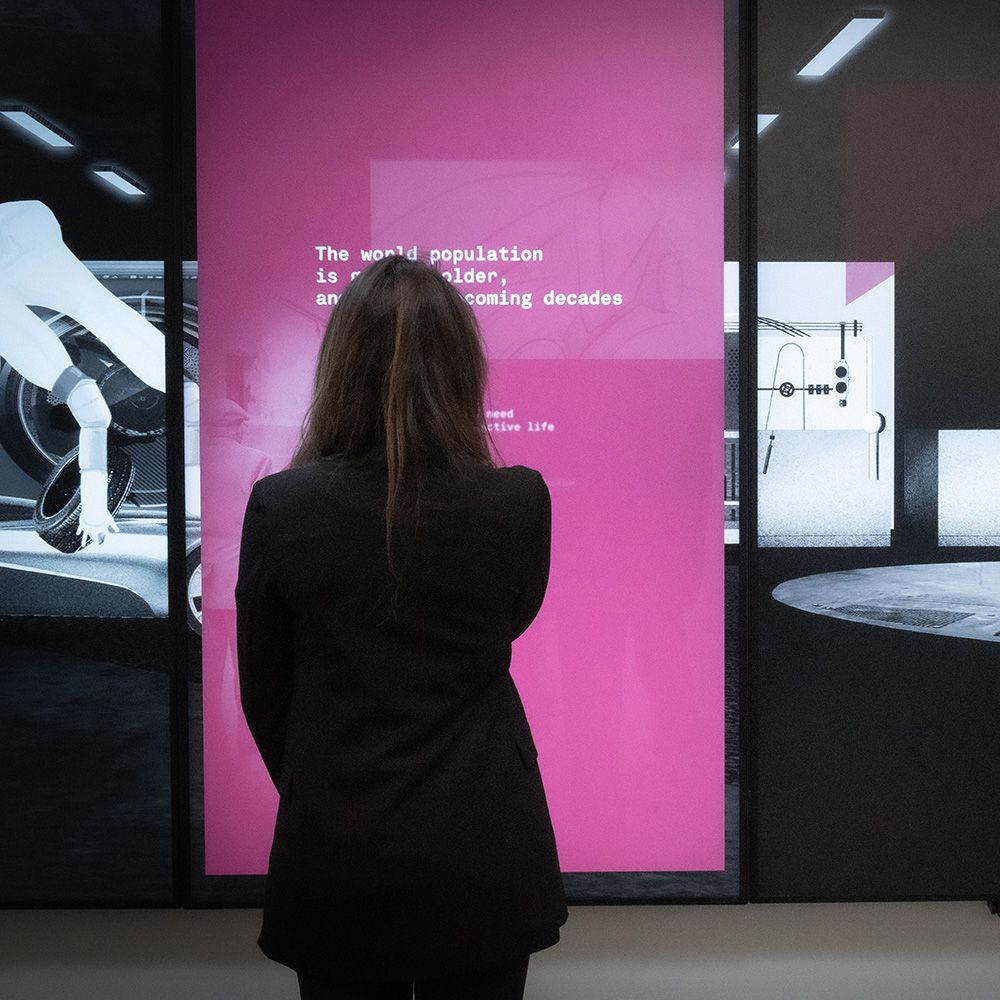
During the exhibition “Motion. Autos, Art, Architecture”, held from April 8 to September 19, 2022 and wanted by Norman Foster Foundation and Guggenheim Museum di Bilbao, sixteen schools of design and architecture from four different continents were invited to present their vision on the future of mobility.
Among them, as the only Italian reality, the School of Design of the Politecnico di Milano, which imagined and narrated the mobility of the future with an interactive installation at the concluding end of the exhibition path. This installation was made up of 12 projects, 6 of which were created by students of the Specializing Master in Transportation & Automobile Design of the Politecnico di Milano, managed by POLI.design.
These are 6 very different concepts, designed with the aim of responding to the needs of the new mobility of the years to come, foreshadowing transportation solutions designed for the specific necessities of certain categories of passengers, including those with physical problems.
These projects have been integrated into an exhibit project called Autofficina Futuro, curated by Luisa Collina and Ilaria Bollati, respectively professor and teacher at Politecnico di Milano, in collaboration with CamerAnebbia for the multimedia part, set up at the Guggenheim Museum in Bilbao. A really particular exhibition with a multidisciplinary approach, which crosses the dimensions of mobility with those of the environment, urban reality, and society and defines an interactive panorama of the mobility to come. Autofficina Futuro evokes the idea of the auto shop, an Italian place par excellence where, since the beginning of the last century, cars were manufactured, repaired, improved and modified in a continuous dialogue with the customer.
Image credits: Gabriele Carbone | Lab Immagine – Politecnico di Milano.
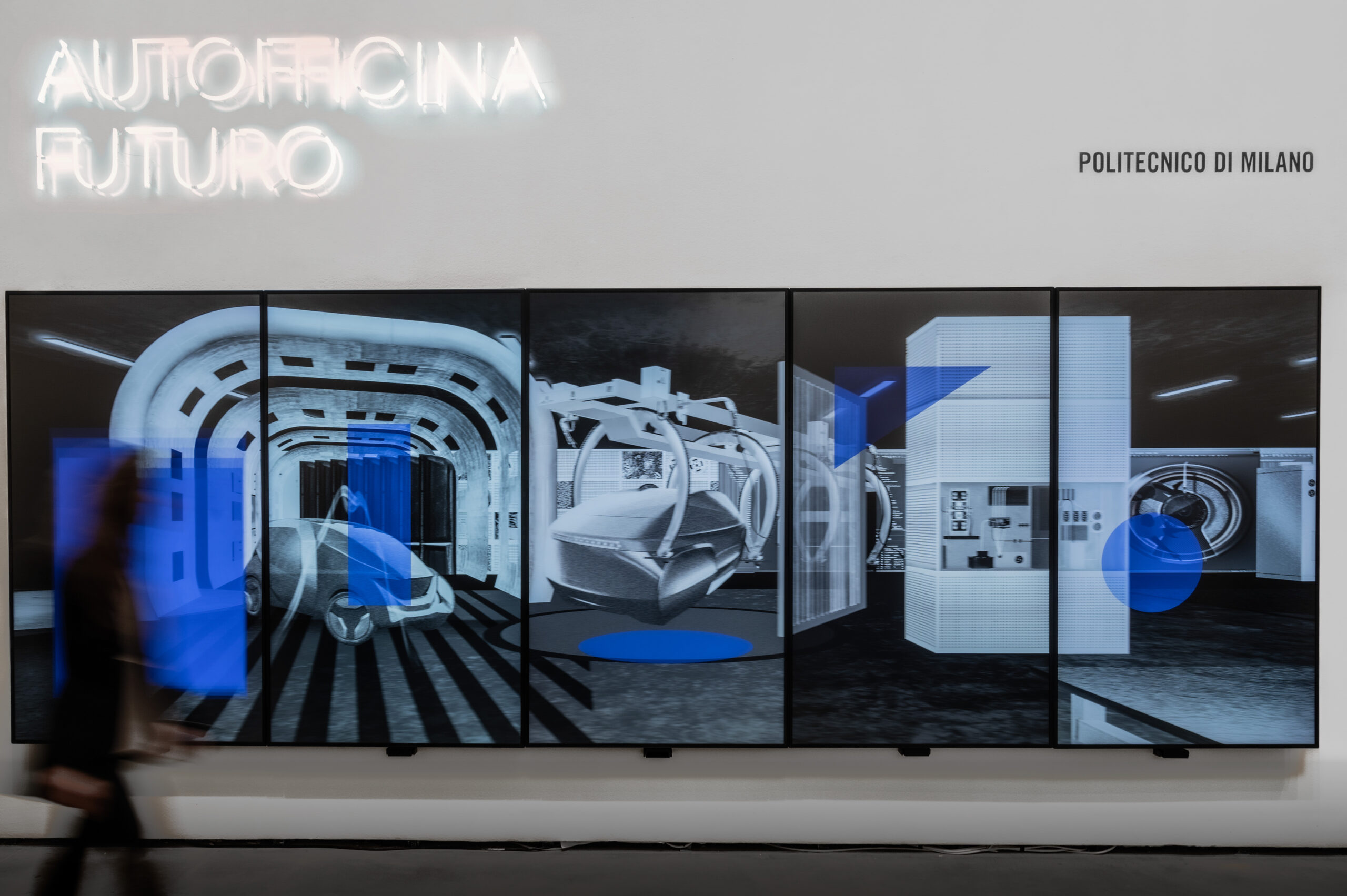
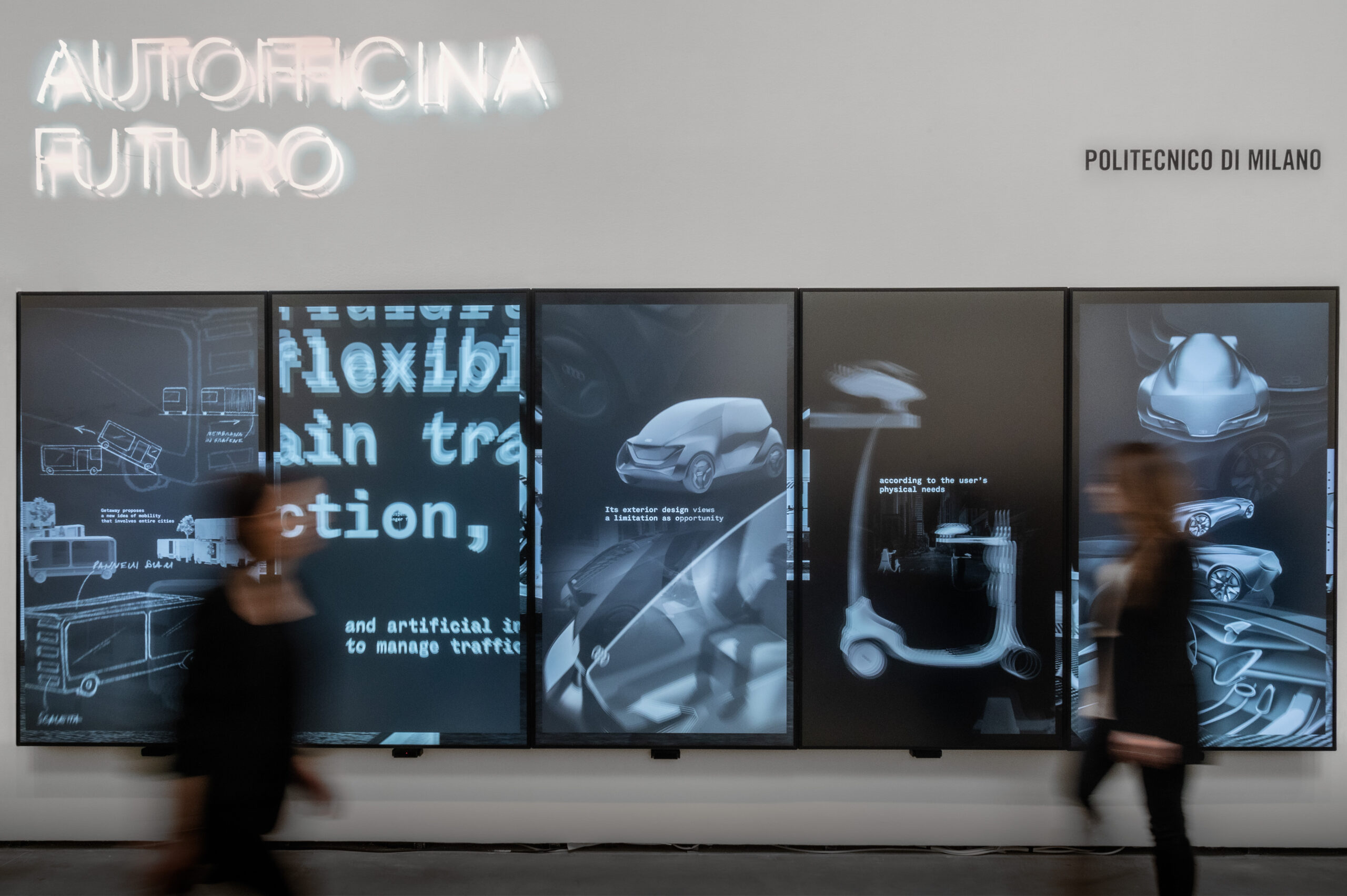
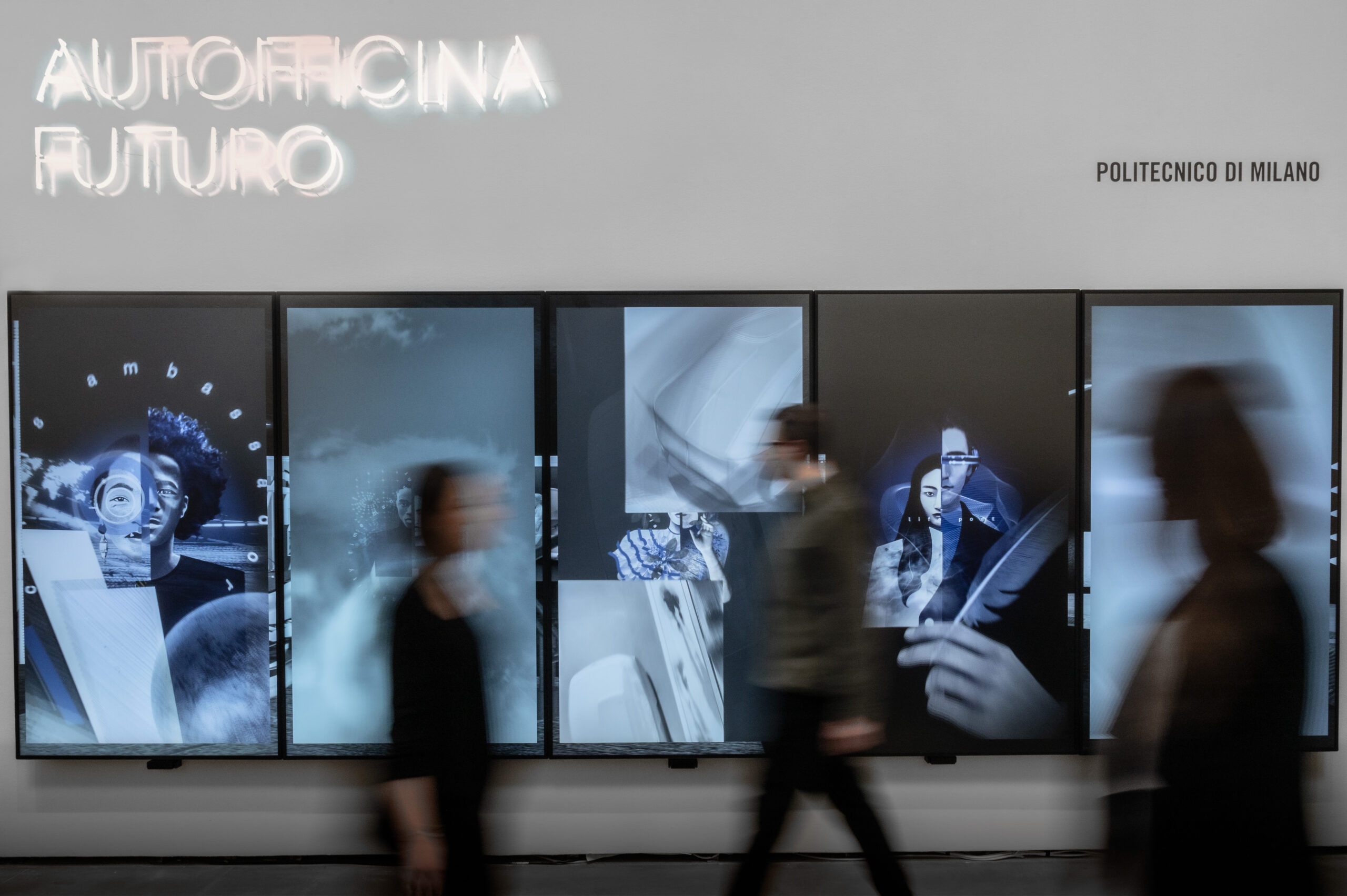
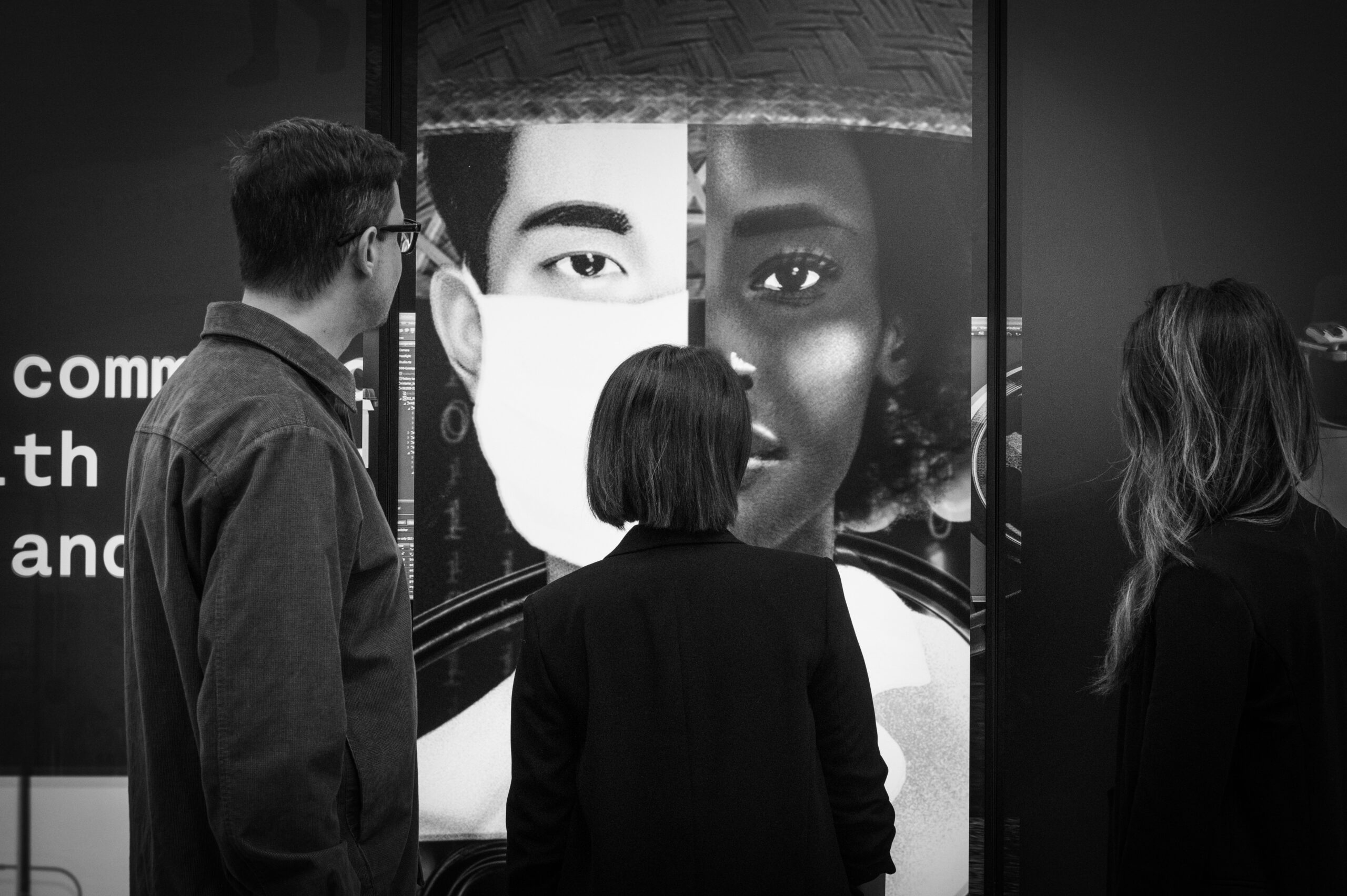
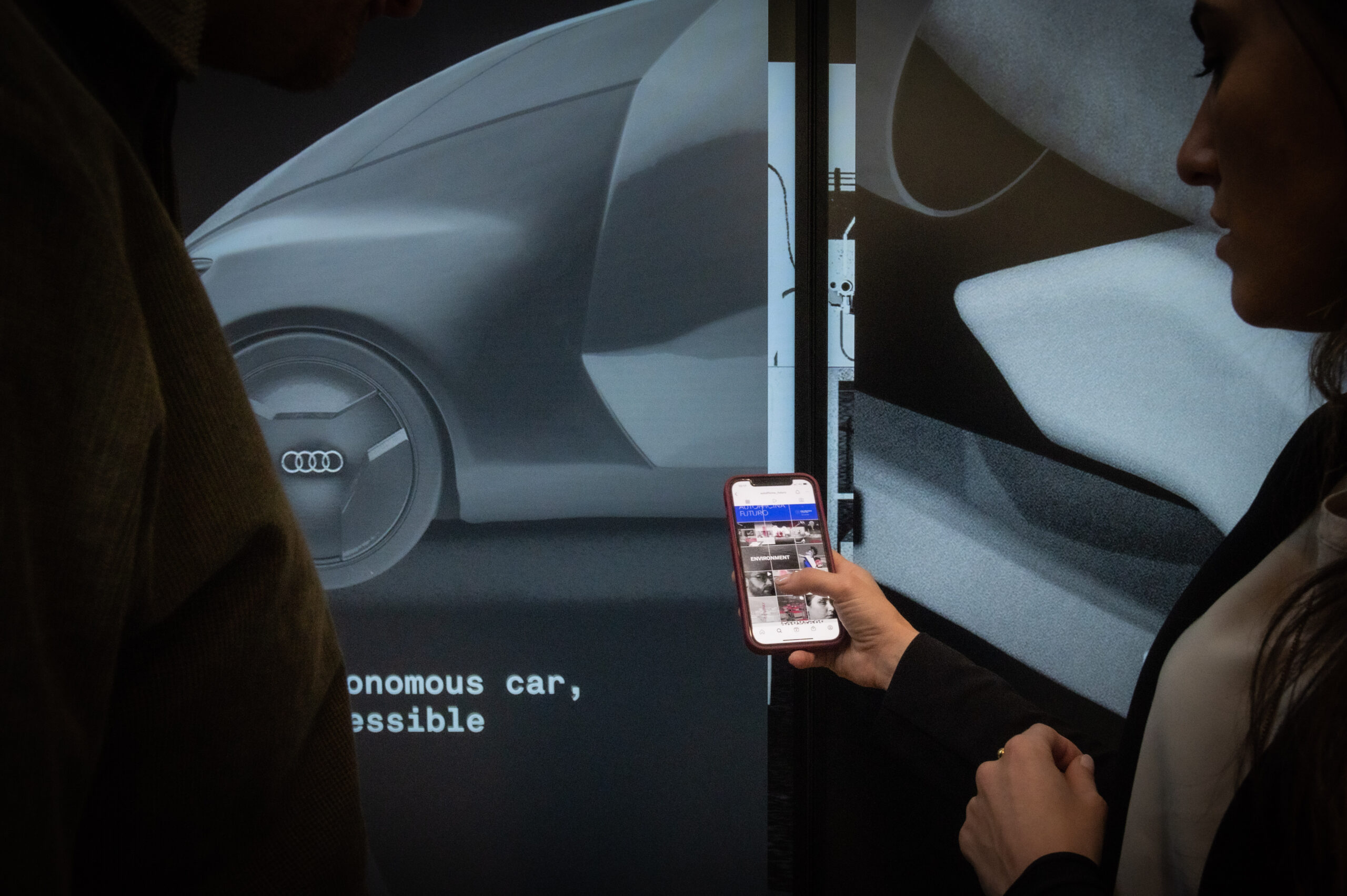
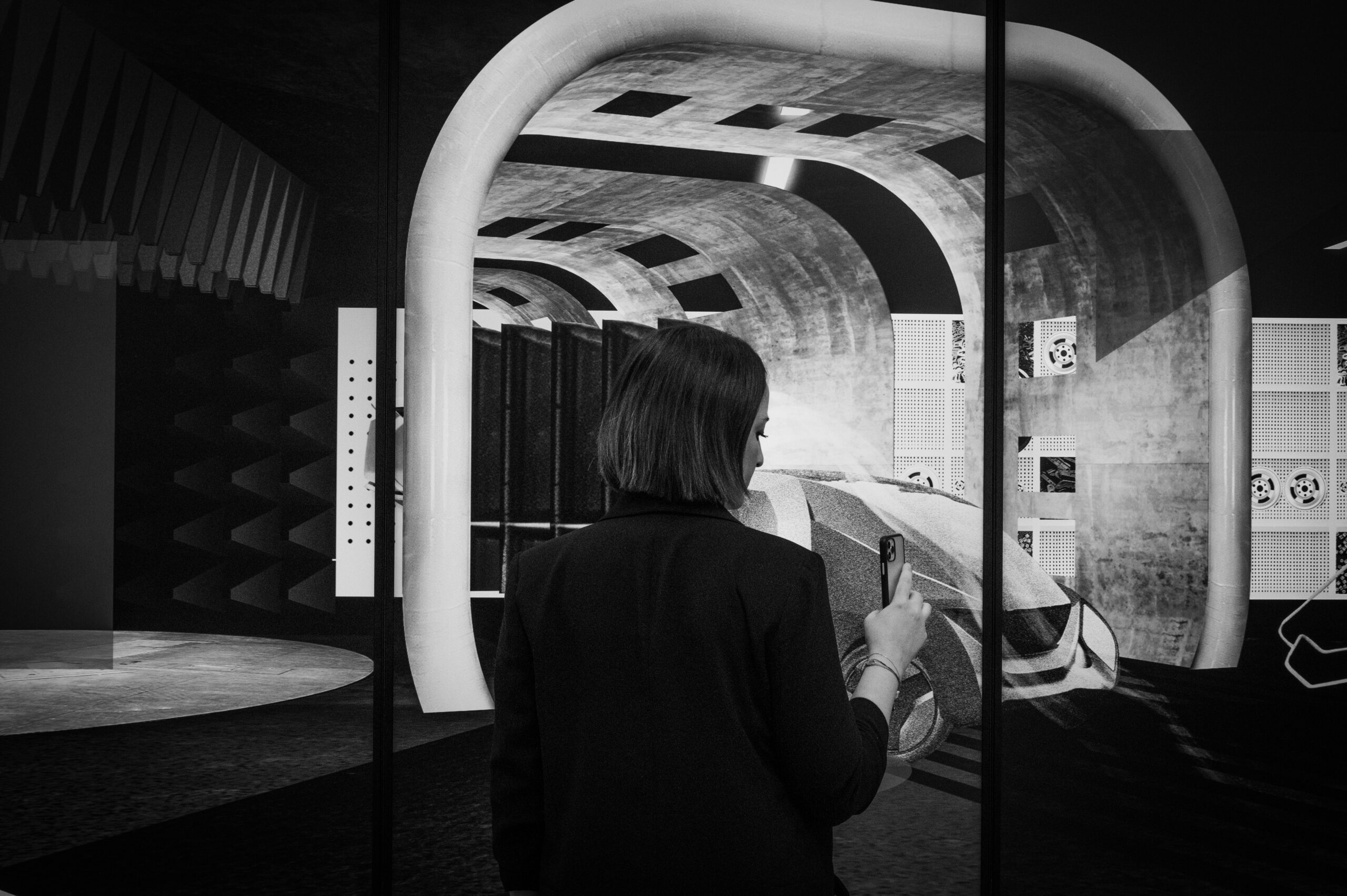
4SENSES — VII edition
4senses is an Audi-branded self-driving concept car designed for a special category of users: blind and visually impaired people. For this reason, every design solution was created to make their car travel extremely comfortable and safe. Well-known that these people have their other senses more developed than normal: therefore, various sensory experiences take the passenger through the cities and their most distinctive landmarks. The shape of the interior and exterior design is characterized by central symmetry, which enhances the bidirectionality of the vehicle and allows passengers to be safely welcomed on board. The project was designed by: Fabrizio Buonomo, Giuseppe Romano, Pasquale Smimmo.
CRISALIS — X edition
In the future, the need to optimize the use of urban spaces will become increasingly urgent due to the growing number of vehicles on the road, and in this sense sharing services may represent a kind of social need. However, for many users the desire for a private, exclusive, unshared space will continue to be an essential component of their mobility.
Audi Crisalis proposes an answer to this need, inspired by the buggy concept, in which the living space (private) is separated from the locomotion system (shared) and is designed to minimize bulk when not in use. The living capsule consists of two rigid half-shells connected by a central band made of shape memory materials that, when folded, allows the volume of the living space to be reduced. The capsule thus folded up and uncoupled from the external propulsion modules is housed upright within special parking stations. The interior is also designed to compact along with the capsule thanks to seat support structures made of special polymers. This flexibility is reflected in the possibilities of configuring the seats differently: a single-seater car with more space available or a two-seater with opposing seats. The project was designed by: Filippo Batavia, Jean Pierre Bruni, Edoardo Trabattoni, and Pietro Tranchellini.
BUGATTI ESDERS — VI edition
Thinking of a Bugatti parading through the streets of Milan led to the design of a charming and seductive, sophisticated and mysterious vehicle inspired by Armand Esders, the famous owner of the first Bugatti Royale in the 1930s. The main strength of this concept lies in the shape of the vehicle itself, which has a marked scenic presence. It appears as a particularly slender monolith, conceived with the goal of lowering emissions, even starting with its aerodynamic study. It comes in three configurations: with a hard-top; with a fabric soft top without a windshield; and as a roadster, with a windshield without a roof.
The most important features are the tapered shape of the body on the outside and the versatility of the interior space. The project was realized by: Andrea Bardusco, Riccardo Camponovo, Dai Pan (China).
FLO’ — VII edition
Inspired by the bonfire, Audi Flò represents a new idea of transportation. The elliptical shape encourages people to interact with each other and rediscover the pleasure of conviviality. The use of shape memory materials allows the seats to be transformed to create an atmosphere suitable for travel: a car for four or a living room for two with a small footprint. Blurring the boundaries between automotive and product design, the body wrapped around the cabin creates a unique car. Eliminating the convention of front and rear area, Flò is designed to be bi-directional. The project was designed by: Daniel Ferrari, Salvador Reyes Guardado (Mexico), Ramprasadh Selvarajah (India).
HYLA — XI edition
In a hypothetical imaginary year 2050, in coastal cities like Amsterdam, which are characterized by a close relationship between man and nature, rising sea levels and population growth will lead to a radical change in morphology. Therefore, TAD Specializing Master’s designers have envisioned the creation of modern floating districts, while preserving the historic essence of the city itself. There will be a need to move frequently from the floating district to and on the mainland. Starting with the bicycle, the quintessential means of transportation in this type of city, the BMW Hyla concept, a single-seat amphibious vehicle with three wheels, was born. Hyla aims to have the practicality and agility that only a bicycle can give. As an amphibious vehicle, Hyla was developed as a modular vehicle adaptable to different types of use, so when designing it, the categorical mantra was the principle that form should go along with function. The line of the concept was dictated by its purpose and technical requirements. The project was realized by: Stefano Armento, Fabio Errera, Johna Gussoni, Andrea Lanzalotta, Pasquale Vitale.
JEWL.IN — IX edition
Audi Jewl.in is a 2+2 car designed to facilitate the mobility of senior citizens who want to continue to have an especially active life. It is designed to carry two adults in the rear seats, facilitating access, and two children in the front seats. The choice of interior configuration and materials denotes a premium product, tailored to the tastes and needs of the user and family-friendly. The project was designed by: Gianluca Raciti, Giancarlo Temin, Esteban Wittinghan Quiñones (Colombia).
